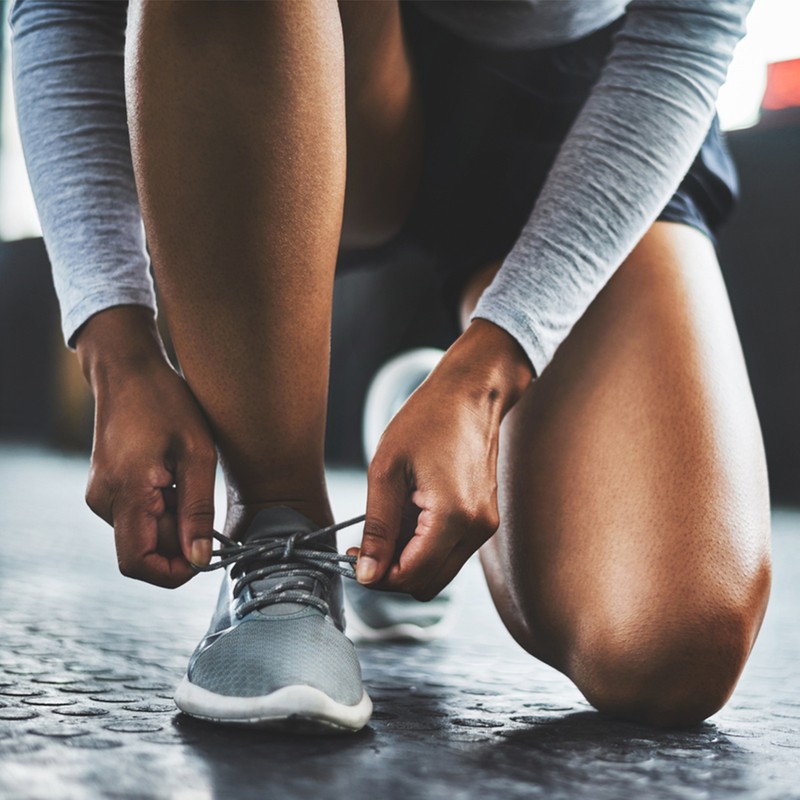How To Push Through A Fitness Plateau
Recognise The Signs
Consistent with your training, but stopped seeing results? This could be a key sign you’ve hit a plateau. As Freeletics training and nutrition specialist David Wiener explains, “A plateau happens when your progress stalls. For example, if weight loss is your goal, you may struggle to get past a certain number on the scales; or if cardio is your goal, you might be struggling to improve distance or time. Other signs include a loss in overall strength – which may indicate your body hasn’t been able to recover properly and grow more muscle tissue – a lack of motivation, or variances in your resting heart rate.”
Switch It Up
If you do exactly the same workouts week in, week out, your body will eventually acclimatise to your training. This will keep your strength, cardio levels and calorie burn on an even keel. To keep seeing results, David says you should be switching up your exercise routine every two to five weeks, depending on your fitness level. “Once your body adapts to a fitness routine, you’re not going to see benefits until you make modifications that force your body out of its comfort zone. Keeping the body guessing and progressing is key to overcoming a plateau,” he explains. As you progress with your training, the margin for error gets smaller, meaning you can progress quickly before an inevitable slow-down happens. “If you are overweight when starting a fitness regime, you will initially lose weight quickly. The same goes for strength. However, it’s unrealistic to make significant progress each week.”
Think About Nutrition
Don’t underestimate the importance of what’s on your plate. “Nutrition plays a huge role in a fitness plateau,” explains David. “If you’re not fuelling your workouts correctly, you can’t expect to power through a session. If you’re not refuelling adequately afterwards, you can’t expect your muscles to repair properly for continued progress. If weight loss is your goal, you may have hit a plateau because you’ve reached an equilibrium of calories consumed to calories burned, which means you may need to adjust your calorie intake to carry on seeing results. Meanwhile, if you’re trying to gain lean muscle, you need to think about your calorie and protein intake to ensure you’re getting enough to promote muscle growth.” Remember: one pound of fat is equivalent to 3,500 calories, so to lose one pound per week, you need to be in a deficit of 500 calories daily. When it comes to protein, keen gym-goers should be aiming for a daily intake of 75-100g.
Hit The Pillow
The link between sleep and recovery is well documented. If you aren’t getting your eight hours and are struggling to maintain the pace of your gym regime, it could be worth prioritising some shuteye. “A lack of sleep is closely linked to increased levels of cortisol, the stress hormone, and reduces the time for our bodies to repair and recover from strenuous activity,” David says. Exercise itself is a stressor on the body, so intense workouts can raise levels of cortisol. “If you’ve been training hard for a prolonged period of time, you may need to take a week or two of active recovery, incorporating plenty of yoga, walking and steady-state swimming to de-load the body and reduce water retention.”
Power Up
Adding an element of resistance training – either via weights or your own bodyweight – to your gym routine can accelerate results. As David advises, focus on compound exercises which use multiple muscle groups and joints for a fitness boost. “Movements such as squats, lunges, deadlifts, bent-over rows and the chest press have a greater anabolic effect, meaning you’ll burn more calories and recruit more muscle than if you just sat on a leg extension for hours.”
Ramp up the NEAT
NEAT is ‘non exercise activity thermogenesis’. It refers to the energy we expend outside the gym and is an underrated element of fitness. To increase your NEAT, try taking the stairs instead of the lift, walking up the escalator or getting off the bus a couple of stops early on your commute. “People are always surprised to see how many additional calories they can burn by making small changes. Having a fitness watch is a great way to set a daily step goal and track it,” David says. Studies have suggested hitting your daily 10,000 steps goal can burn an additional 300 calories.
Change Your Mindset
Haydn Elliot, co-owner and head trainer at F45 Soho and Oxford Circus, believes hitting a fitness plateau largely stems from the mental side of the training experience. “Lack of motivation, physical fatigue and exhaustion are all signs something has to change with your approach to fitness,” he says. “Take a step back, slow down and address the areas and habits that are hindering you. It could be that whatever training method you were using is no longer suitable for your lifestyle, meaning you struggle to generate the mental and physical intensity you once could.”
Up your fitness ante with SL’s edit of the best protein and recovery boosters…
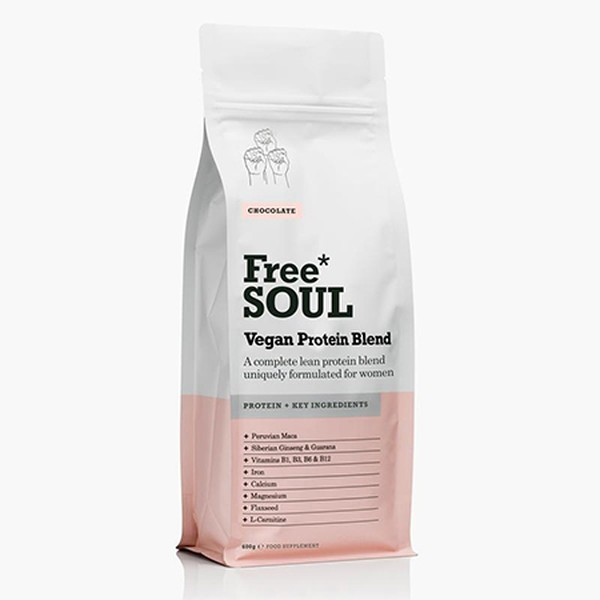
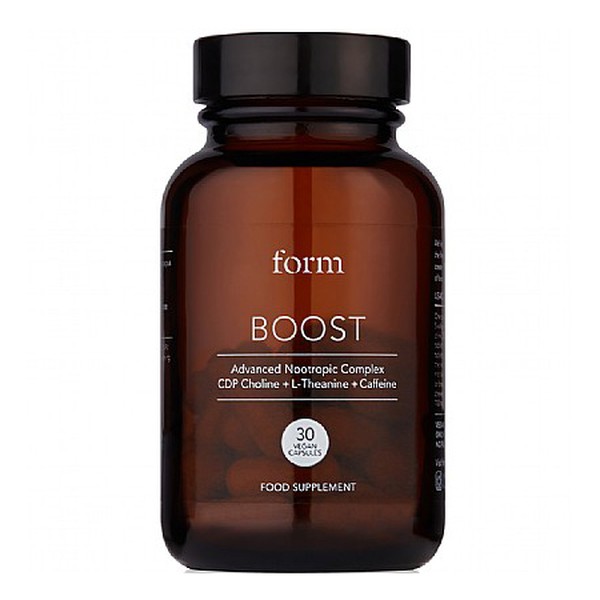
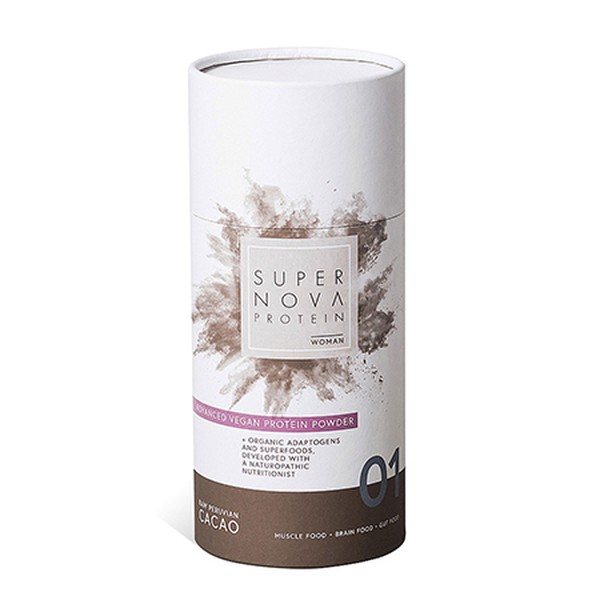
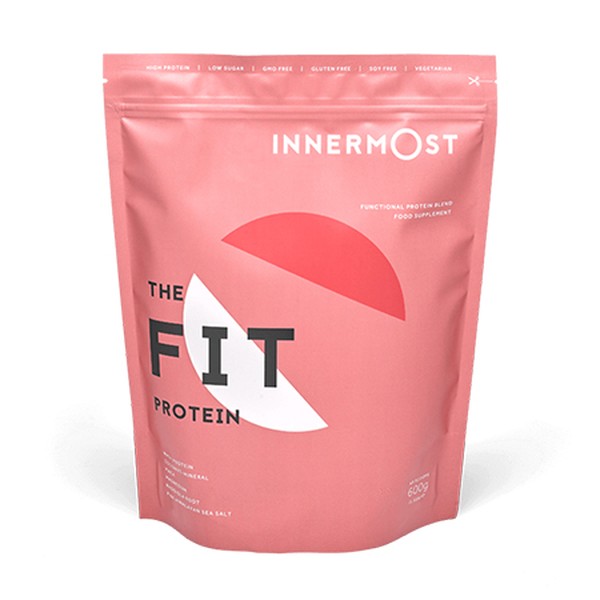
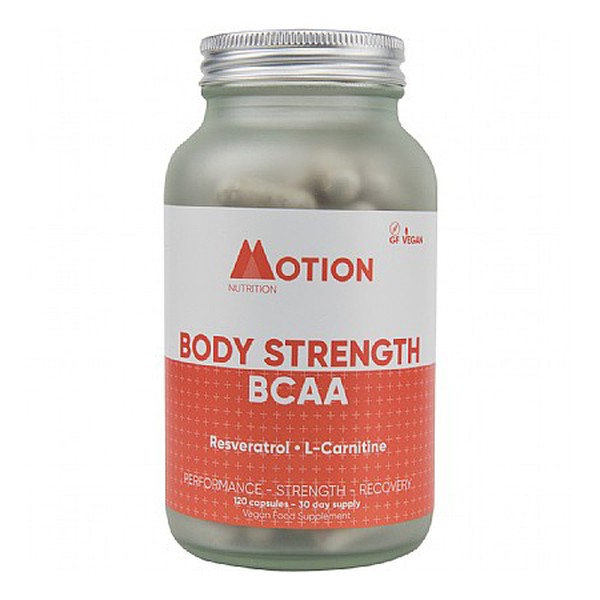

DISCLAIMER: We endeavour to always credit the correct original source of every image we use. If you think a credit may be incorrect, please contact us at info@sheerluxe.com.
